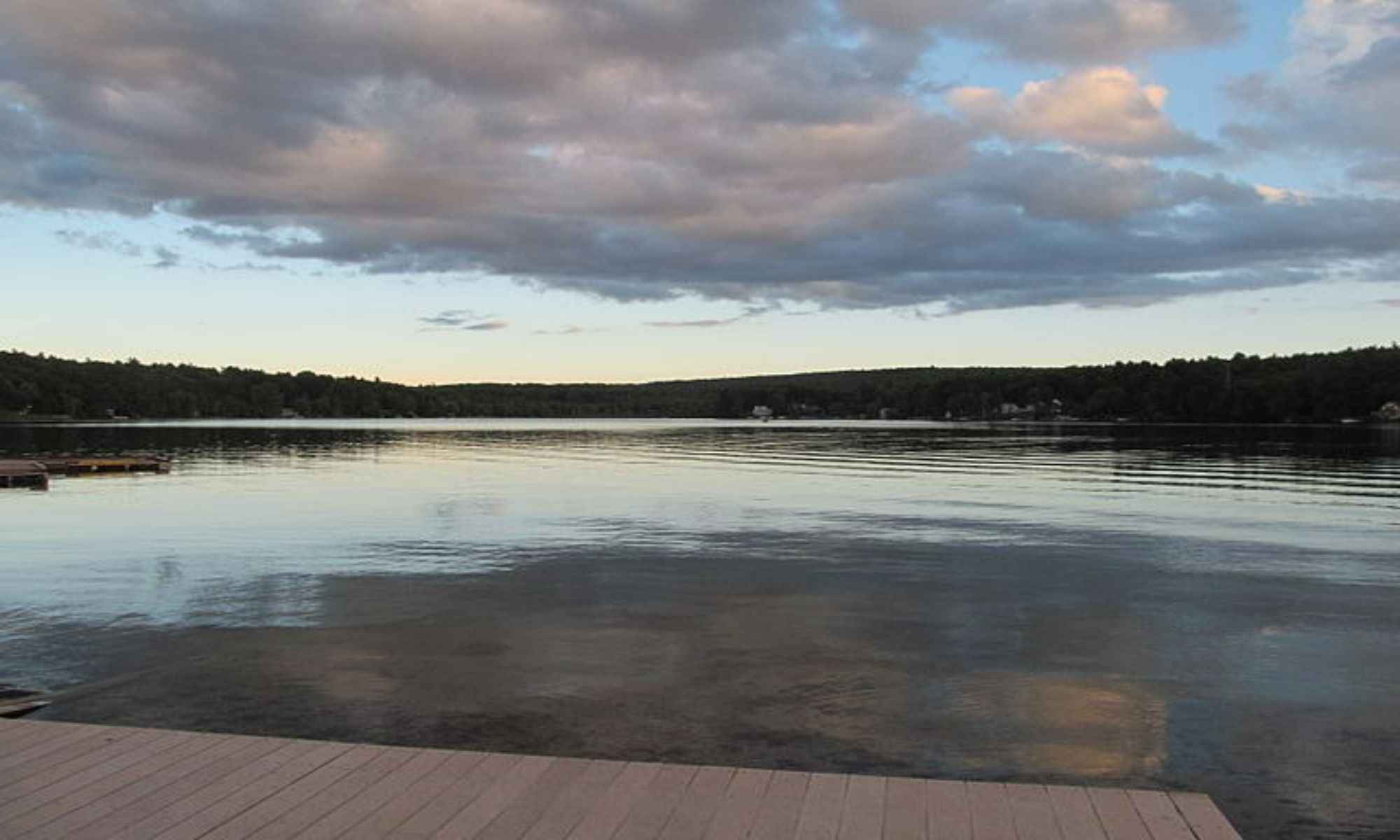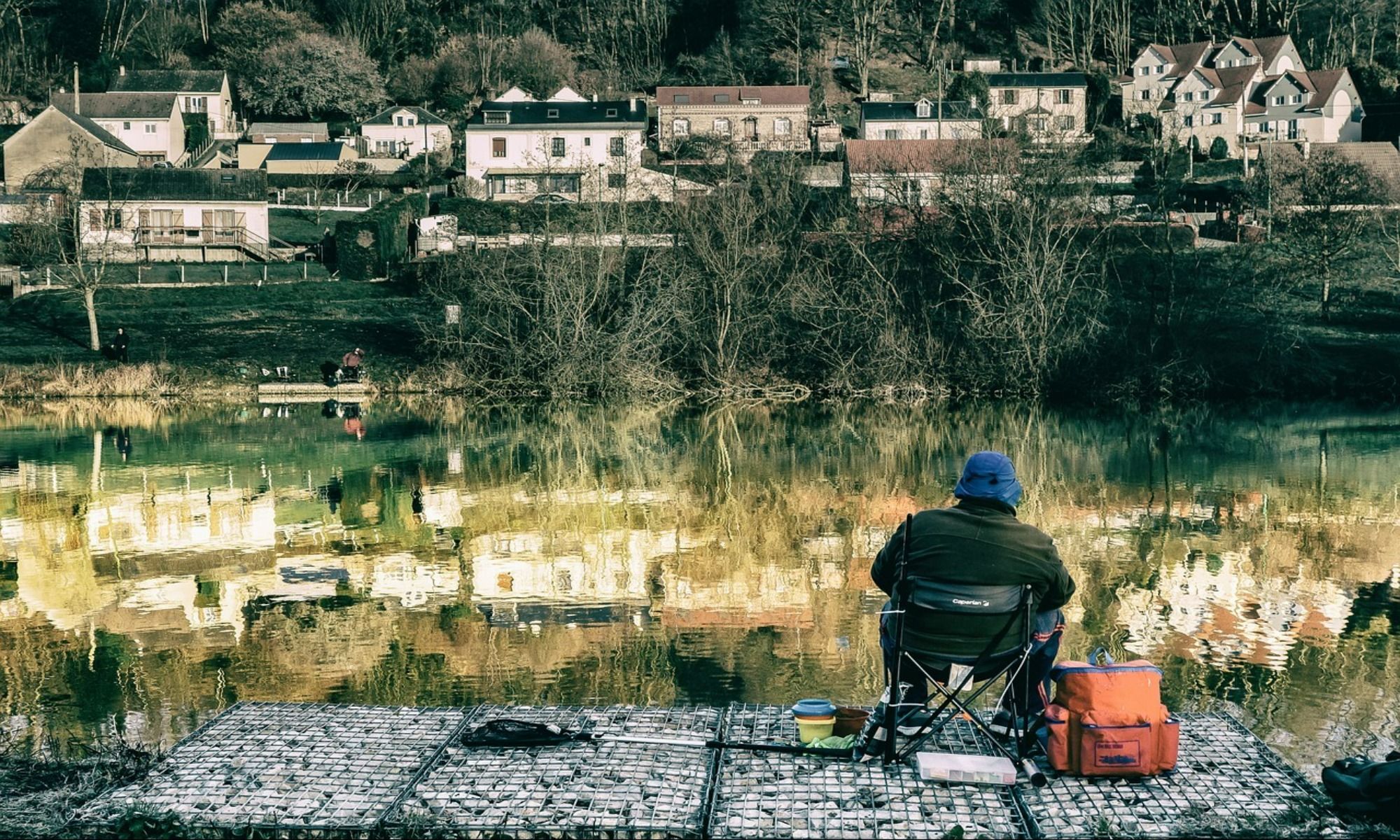Shutesbury, MA Fishing: Diverse Fisheries in a Rich and Pristine New England District
Explore the diverse fishing opportunities of Pioneer Valley with a trip to Shutesbury, MA where you can catch plenty of bass and trout.

Shutesbury is a hilly rural area situated east of the Pioneer Valley. Its landscape is rocky and characterized by uneven elevation, going as low as 350 above sea level on the edge near Atkins Reservoir and as high as 1,225 feet near the town center. A significant portion of its land area is forested. Because of its proximity to Quabbin Reservoir, which is heavily protected from development, the area has retained much of its rugged and rural feel.
Before it settled on its present name in honor of Governor Samuel Shute, the area was once referred to as “Roadtown” when it was established in 1735. It was incorporated in 1764. Many people may not know about this particular locale, though, is how its salubrious air is conducive to long life. Its salubrity is thanks to the mineral spring near the town center. Apart from contributing to its residents’ health, Shutesbury’s mineral springs have fostered the area’s thriving bottling business.
Today, Shutesbury remains a sparsely populated region in the southeast part of Franklin County. However, its residents are quite proud of their district and value protecting their landscape and water resources. Shutesbury is home to rich wildlife habitats, owing much to the diverse water bodies and wetlands surrounding and flowing through it. Because of this, anglers will find this New England locality an excellent fishing destination and an entry point to the rest of what Pioneer Valley has to offer.
Shutesbury Fishing
Shutesbury is situated on a ridge that divides the Connective River Watershed and Chicopee River Watershed. Its ridge slope reaches Lake Wyola to the north and Pelham to the south. All these make the area a distinctly strategic place to access a range of fisheries in this part of Franklin County.

Start your Shutesbury fishing trip by casting a line in its homegrown pond, Lake Wyola. This Great Pond measures 128 acres and has an average depth of 12 feet, going as deep as 35 feet in some parts. A significant portion of the lake is developed. There are two ways to access Lake Wyola; one is through the Lake Wyola Conservation Area on the southeast part of the pond. Anglers can fish from a gravel ramp managed by the local government. On the other hand, the northwest corner of the pond may be accessed from within Lake Wyola State Park. Apart from fishing, the lake is a favorite venue for other water-based recreational activities such as swimming, boating, and water skiing.
Lake Wyola is home to a range of species, including largemouth bass, smallmouth bass, chain pickerel, bluegill, pumpkinseed, brown bullhead, yellow perch, banded killifish, golden shiner, and white sucker. In particular, chain pickerel and largemouth bass are best targeted in the pond's heavy vegetation on the southeast and north corners. While the lake is primarily a warm water fishery, it does foster stocked rainbow trout in 10% of its waters. Brown trout and brook trout can also be found in the lake.
On the west of Shutesbury, anglers can access the sub-watersheds of the Connecticut River Watershed. The Adams Brook Sub-watershed has three tributaries with forested and unfrosted wetlands on its headwaters. One of its branches, Adams Brook, is stocked with brook trout and rainbow trout. Another tributary, Dean Brook, which offers some of the most scenic sights in the area with its gorge landscape, historically had a native brook trout population. Still, on the west side of Shutesbury, Roaring Brook Watershed offers picturesque forested banks and several ponds that are occasionally stocked with brook trout and rainbow trout.
Quabbin Reservoir forms the eastern borders of Shutesbury, with 2.7 miles of shoreline located within the locale’s limits. Many recreational activities are prohibited within the highly protected reservoir. However, fishing for lake trout, brook trout, rainbow trout, brown trout, Atlantic salmon, largemouth bass, smallmouth bass, and chain pickerel are allowed. Reservation Lands, consisting of Quabbin Reservoir and the West Branch of the Swift River, are only open for fishing from mid-April to mid-October. Meanwhile, waters within Off-Reservation Lands are available for year-round fishing.
The West Branch of the Swift River drains into the reservoir, which receives smolts in the spring to augment its existing salmon population. Thanks to this, the West Branch sees an upstream salmon migration in the fall, making it a popular fly fishing destination. Along with landlocked salmon, anglers might also find rainbow trout and brown trout ascending the river branch in the spring and fall.
Top 10 Fish Species in Shutesbury, MA
The top 10 fish species in Shutesbury are largemouth bass, smallmouth bass, rainbow trout, brown trout, brook trout, chain pickerel, Atlantic salmon, lake trout, yellow perch, and brown bullhead.
Seasonal Fishing
Fishing in this part of Massachusetts gets active starting in mid-April when many lakes and reservoirs are stocked. However, year-round trout fishing is still possible, particularly in Lake Wyola. But if you want to be sure, be here at the start of spring for the stocking of brook trout and early fall for the stocking of rainbow trout. The fishing period between April and June tends to be the busiest. Fishing for Atlantic salmon is excellent in the fall when you fish in the West Branch of the Swift River. If you’re keen on ice fish, you’ll find the frozen waters of Lake Wyola teeming with chain pickerel.
Marvel at the Scenic Spots of Shutesbury
Shutesbury is an outdoor paradise, offering some of the most scenic and untouched nature spots in New England.
1. Book a Fishing Charter
Ensure a safe and productive fishing experience in Shutesby by booking the services of a local guide or a fishing charter.
2. Hike the New England Trail
Complete this 215-mile scenic hike from Long Island Sound in Connecticut to New Hampshire and Massachusetts borders. If you want a relatively easy and fast walk, you can join the 4-mile Section 13 route, which traverses Shutesbury and New Salem, or the 6-mile Section12 route, which passes through Pelham and Shutesbury.
3. Enjoy the Great Outdoors in Lake Wyola State Park
Enjoy walking, hiking, snowmobiling, kayaking, and cross-country skiing in Lake Wyola State Park or Carroll A. Holmes Recreation Area, a day-use state-run area on the Lake Wyola shores. The park has a guarded beach where kids can safely swim and several picnic sites equipped with charcoal grills. It is also largely wheelchair accessible, offering a boardwalk to the beach, accessible parking, restrooms, and swimming areas. The park is a family-friendly recreational area, so no alcohol is allowed within its premises.


